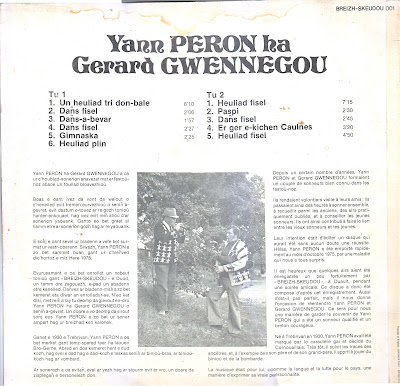LES MENESTRIERS / HAS TU POINT VU ...
LES MENESTRIERS/DIDN'T YOU SEE ...
Cavalier, 1974, BP 2004
The French band Les Menestriers was a very important group in the field of medieval music. I posted their first album in May 2022 with some details about them. This is the fourth one with again side A dedicated to music from 13th to 15th centuries and side B devoted to Renaissance music. Here two additional musicians are present : Sylvie Beltrando whose ''small harp'' adds a new light to the music and Steve Rosenberg who is the main recorder player.
Their last album was made in 1980 with B. Pierrot as the only member left from the original band.
My copy was played a lot when I was young and is a bit worn out; so I found the present audio files from the Internet.











